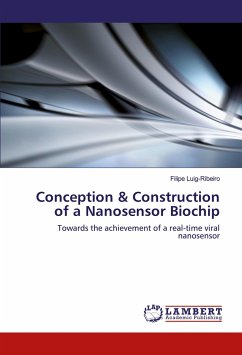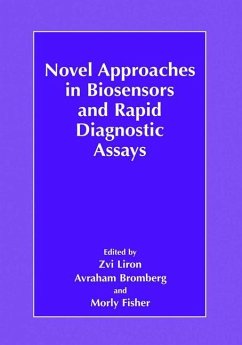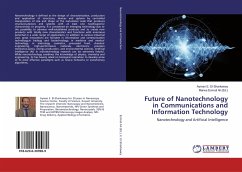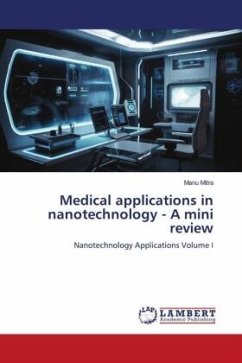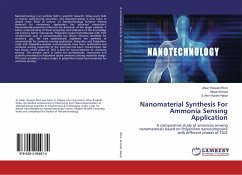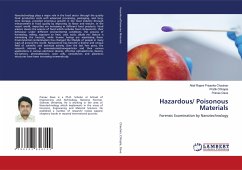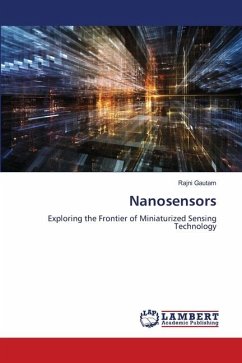The NSS1 is a prototype biosensor device herein thoroughly described from its conception, throughout its fabrication and testing. With specific surface receptors, it could be specifically designed for virus detection at a commercial level. Such nanobiosensing devices will in the near future impact drastically on disease diagnosis. Today, disease diagnosis involves millions of dollars in conventional kits and equipment for pathogen detection. When we compare these 'low-cost user-friendly' nanodevices to that billion dollar enterprise, the potential difference seems outrageous. Already today, we can claim that these biochips transduce biological binding into electronic and digital signals thriving us into the Era of a more sophisticated interface between nanoelectronic and biological information processing systems. As a proof-of-concept device, its design and experimental procedures herein explained deliver an excellent handbook on how to build a biochip, not only for young nanotechnology students and entrepreneurs but also for established stakeholders in nano to bio applications.
Bitte wählen Sie Ihr Anliegen aus.
Rechnungen
Retourenschein anfordern
Bestellstatus
Storno

